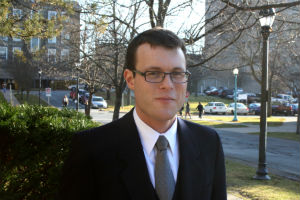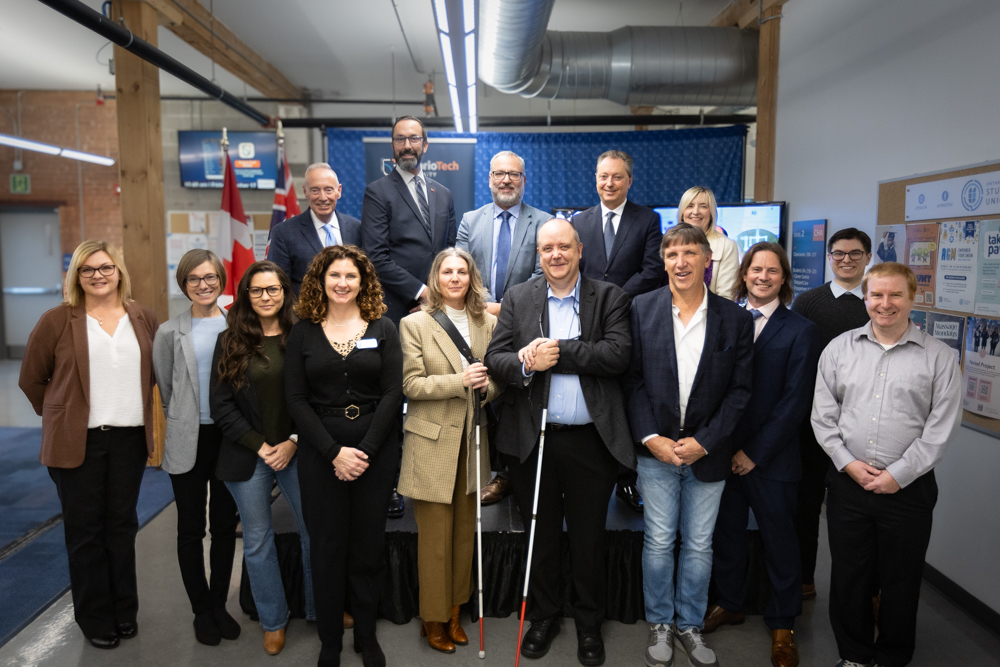UOIT Physics professor’s paper examines possible cosmic origins of life on Earth
July 8, 2013

University of Ontario Institute of Technology (UOIT) professor Isaac Tamblyn recently made headlines for his research on how comet impact on the Earth’s surface may have jump-started life on this planet.
Dr. Tamblyn, Assistant Professor of Physics in UOIT’s Faculty of Science and former researcher at the Lawrence Livermore National Laboratory (LLNL) in Livermore, California, teamed with LLNL physical chemist Dr. Nir Goldman last year to test the hypothesis of how life on Earth could have had its origins in space. The scientists create a computer model that simulates the effect of an impact from a comet initially made up of simple molecules such as water, carbon dioxide, methanol, ammonia and carbon monoxide.
Using this model, the researchers tracked the chemical changes that occurred in the ice when it hit the Earth’s surface at various angles. They found that the extreme temperatures and pressures produced by a comet hitting the Earth’s surface would have provided the energy needed to produce more complicated chemicals and life-building organic compounds, including the building blocks of proteins and nucleobase pairs of DNA and RNA. Their research was featured on the cover of the June 20 issue of The Journal of Physical Chemistry A, and has been picked up by other publications such as National Geographic's NewsWatch, LiveScience and RedOrbit.
Dr. Tamblyn first became interested in comet impacts during his first postdoctoral fellowship at Lawrence Berkeley National Laboratory in Berkeley, California. His PhD research had examined how material behaves under high-pressure conditions. “I heard through a friend of mine about these high pressure calculations that were being done related to comet impacts, and I thought that was really cool because I knew how to do simulations that can model high temperature and pressure conditions.” It was the perfect opportunity for Dr. Tamblyn, a physicist, to team up with Dr. Goldman, a chemist.
The comet impact research remains a side interest for Tamblyn, who is currently focusing on a research project that applies high-performance computing to the field of renewable energy. While these are two very different topics, they both make use of similar theoretical tools and techniques.
“Most of physics is about kicking something and seeing what happens,” he explained. “Both of these areas of research look at what happens to materials when you hit them with something – you try to understand the formation and destruction of bonds, how molecules evolve when subjected to heat and pressure. That’s the common tool set. But in renewable energy, it’s not an impact anymore - it’s about hitting something with light or applying an electric field to see how the chemistry changes.”
Dr. Tamblyn’s renewable energy project, titled Nanoscale Heterogeneous Interfaces, is running “full steam ahead” and Graham Clendenning, a first-year UOIT Materials Science graduate student, has been hired to help with the research.
There’s plenty of work to be done in the renewable energy field, and Dr. Tamblyn hopes more students will get on board. “There are lots of opportunities for students who are interested to contribute to this – it’s happening here, right now at UOIT.”



